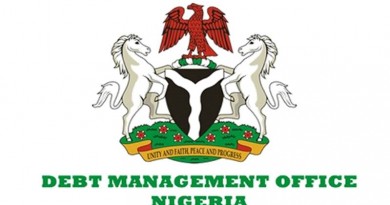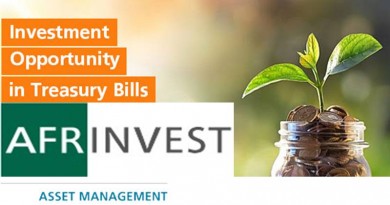Nigeria’s Q3 2022 GDP Report: Growth of 2.3% as the oil sector recorded negative growth for the tenth consecutive quarter
The national accounts for Q3 ‘22 by the NBS show that GDP grew by 2.3% y/y compared with the 3.5% y/y recorded in Q2 ’22. Meanwhile, on a q/q basis, it grew by 9.7%, reflecting increased economic activity compared with the q/q contraction of -0.4% recorded in the preceding quarter. The y/y moderation in growth can be partly attributed to base effects, the trickle-down effect of the of the Russia-Ukraine crisis impacting the prices of deregulated petroleum products (such as diesel and aviation fuel), select manufacturing inputs, and the impact of recent monetary policy rate hikes aimed at combating high.
- The oil economy recorded negative growth for the tenth consecutive quarter, contracting by -22.7% y/y in Q3 vs -11.8% y/y recorded in Q2. Based on data from the NBS, average crude oil production in Q3 was 1.20mbpd compared with 1.43mbpd in the previous quarter and 1.57mbpd in Q3 ‘21. As at end-September, the OPEC production quota for Nigeria was 1.8mbpd. Meanwhile, the revised FGN oil production benchmark is 1.6mbpd. The sector continues to suffer from production shut-ins as a result of crude oil theft, vandalism, prolonged repairs, low investment and poor infrastructure.
- The non-oil economy grew by 4.3% y/y in Q3 ’22 vs 4.8% y/y in Q2 ‘22. Key drivers within the non-oil economy include transportation and storage (41.6% y/y), finance and insurance (12.7% y/y), telecommunications (10.1% y/y), construction (5.5% y/y), trade (5.1% y/y), real estate (4.6% y/y), and agriculture (1.3% y/y). Combined, these sectors account for 72% of total GDP in Q3.
- Agriculture grew by 1.3% y/y in Q3 compared with 1.2% y/y recorded in the preceding quarter. Crop production was the major driver of the sector and accounted for 93% of agriculture GDP, the segment grew by 1.3% y/y. The Livestock, forestry and fisheries segments grew by 1.6% y/y, 2.2% y/y and 0.4% y/y respectively. Agriculture contributed 23.2% to GDP in Q2 ’22. The sector’s performance can be partly hinged upon the CBN’s interventions in the sector. For context, the collective disbursement under the Anchor Borrowers’ Program as at October ’22 is c.N1.1trn disbursed to c.4.6 million smallholder farmers cultivating 21 commodities across the country. However, it is worth highlighting that in addition to rising cost of farm inputs, the sector is adversely impacted by insecurity as well as storage and logistics issues.
- Telecommunications posted growth of 10.1% y/y compared with 7.7% y/y recorded in the previous quarter and contributed 12.9% to total GDP in Q3. The segment continues to benefit from growth in subscriptions and increased data usage from existing subscribers. We note that the c.10% data price increase implemented by the telecoms companies in September ’22 was rolled back by the regulator.
- Manufacturing contracted by -1.9% y/y compared to a growth rate of 3% y/y recorded Q2. However, on a q/q basis, it posted a growth of 8.9%. Within the sector, the food and beverages segment contracted by -4.1% y/y and accounted for 48.8% of total manufacturing GDP. Meanwhile, the textile, apparel, and footwear segment contracted by -3.9% y/y and the cement segment posted growth 4.1% y/y. The trickle-down effect of the ongoing Russia-Ukraine crisis was evident in Q3, as businesses contended with higher prices for inputs. Other challenges include fx illiquidity constraints and higher borrowing costs.
- To read the full report, clickhere. SOURCE: Coronation Economic Note




